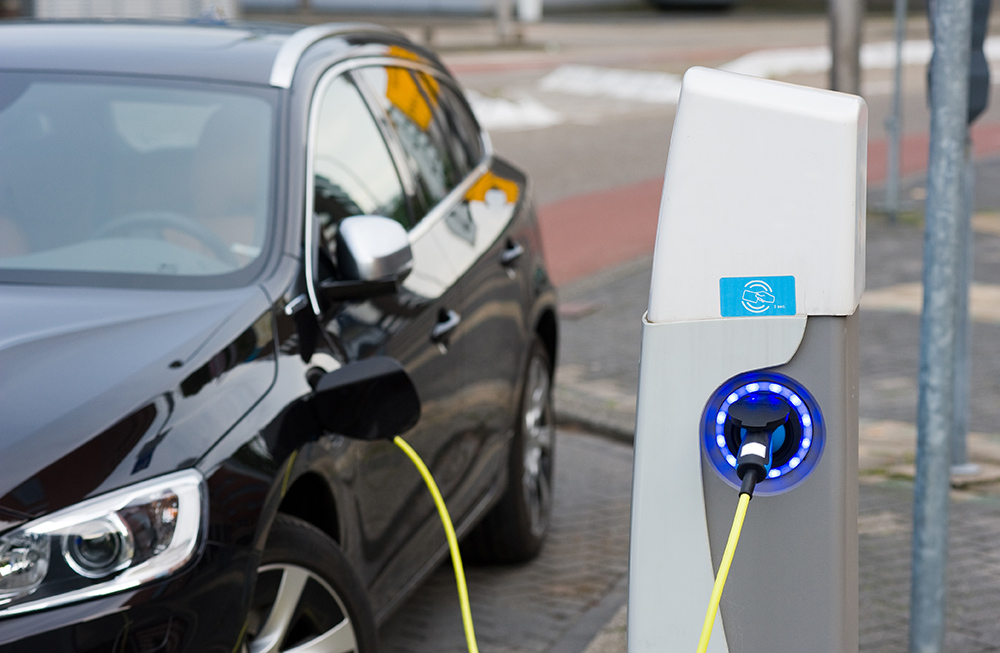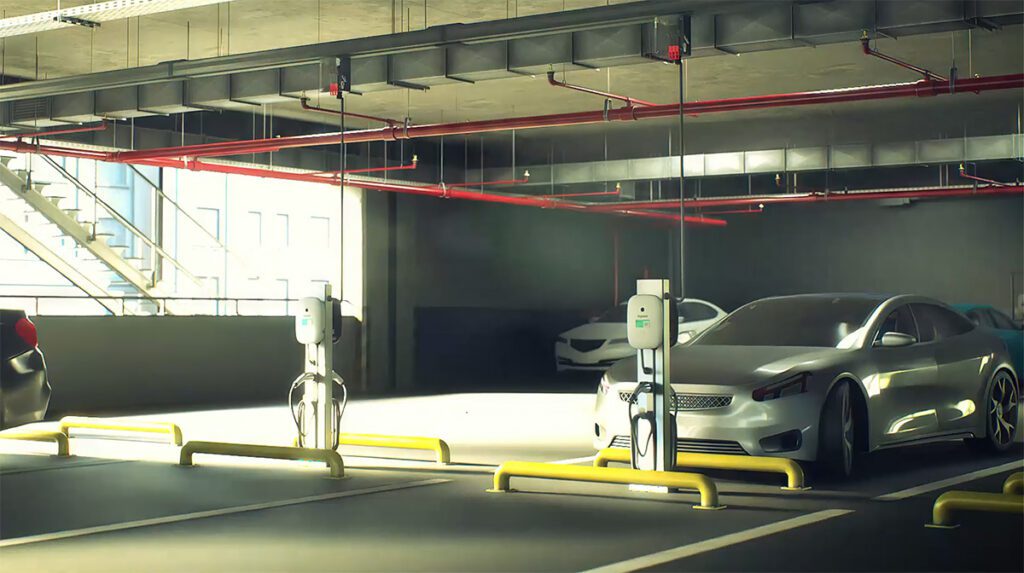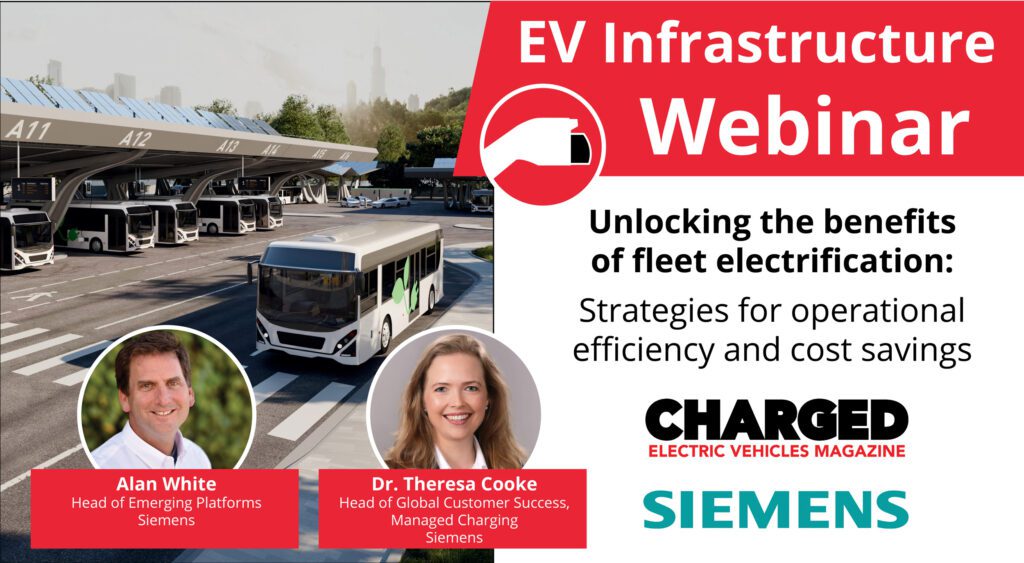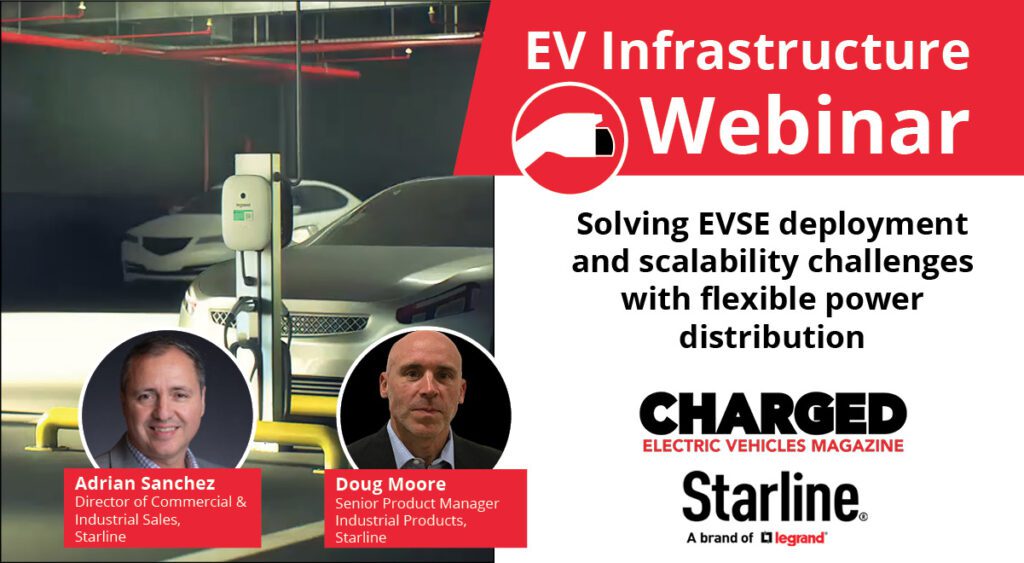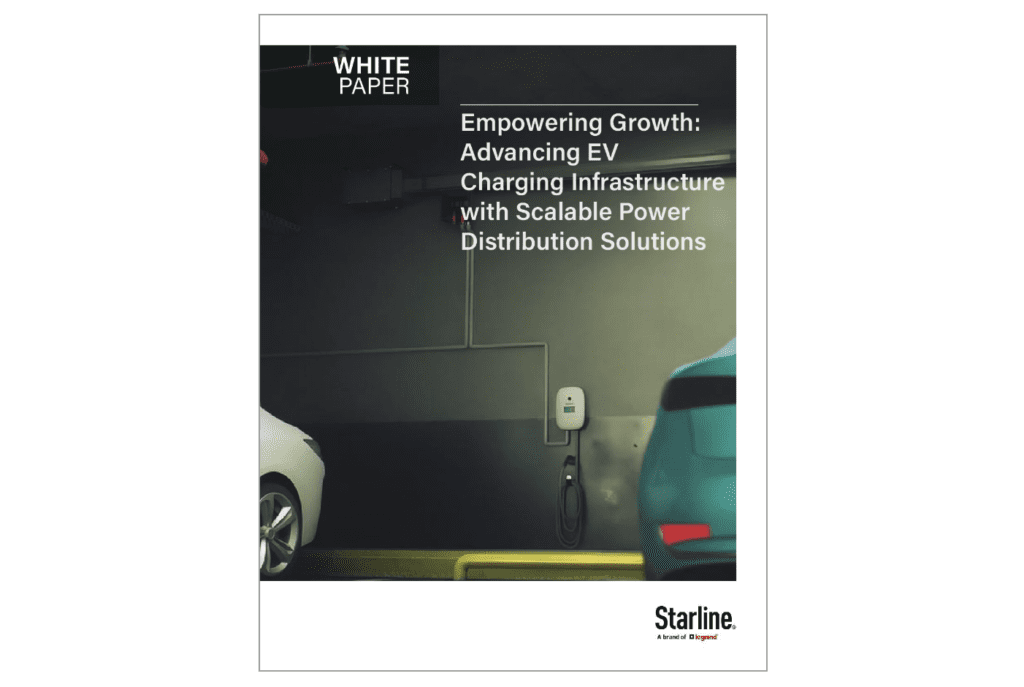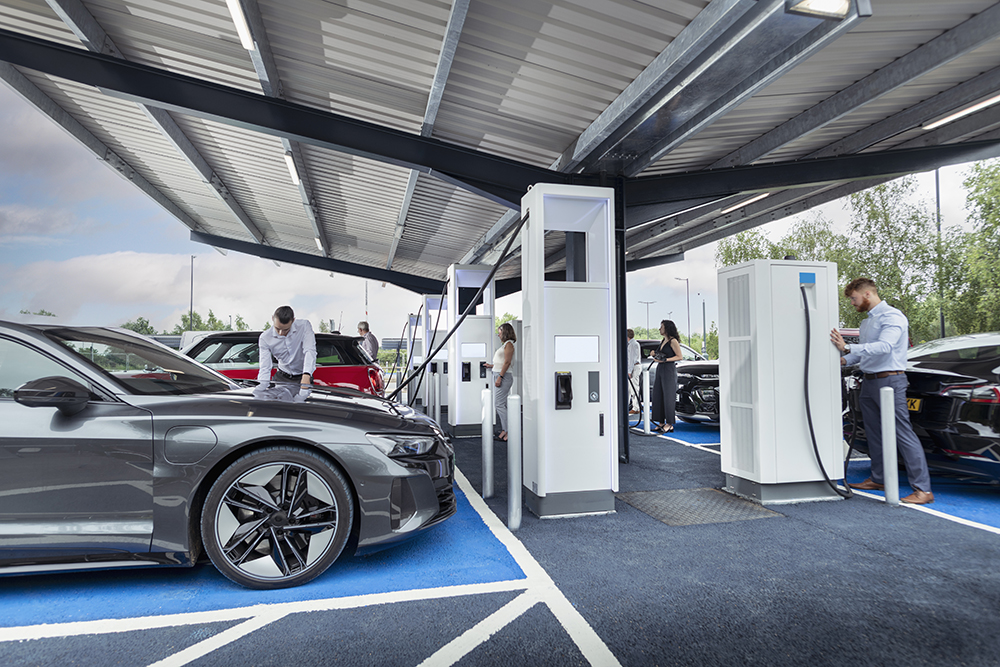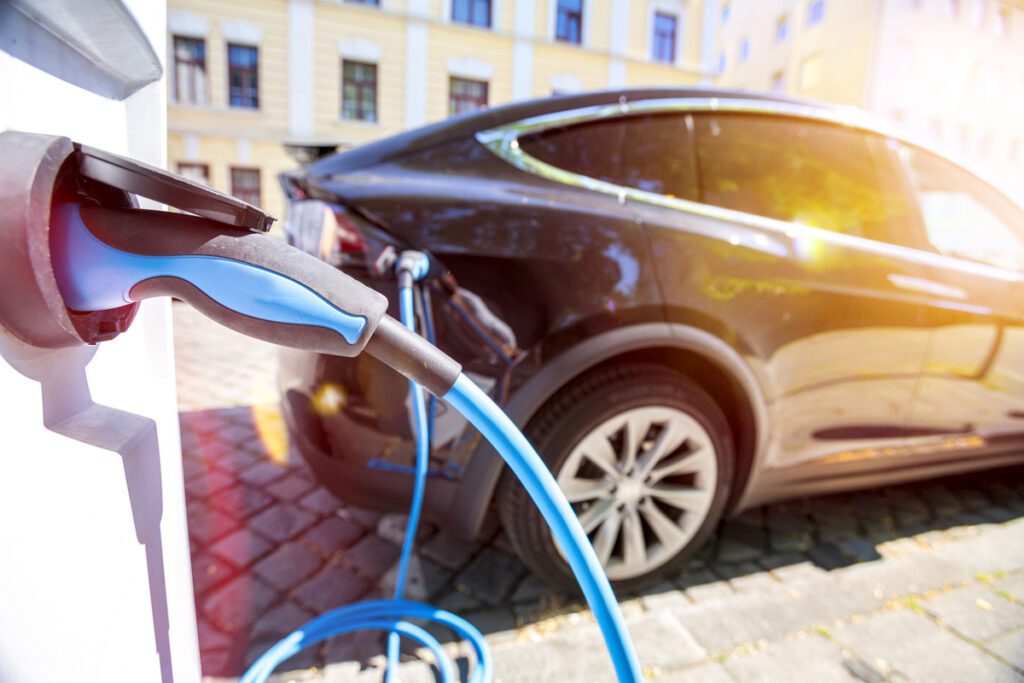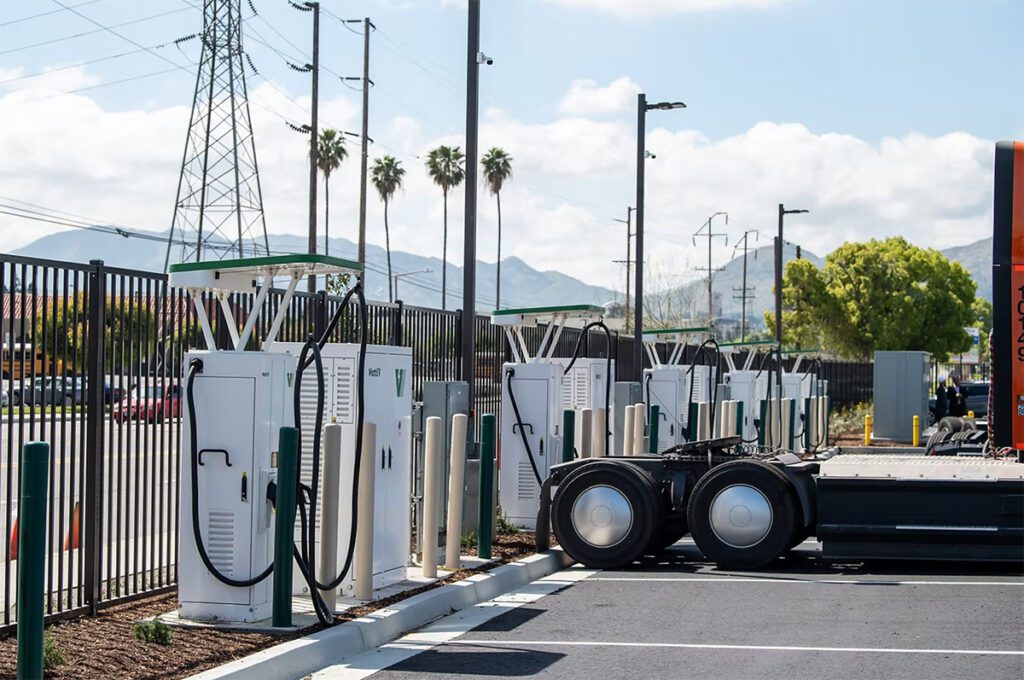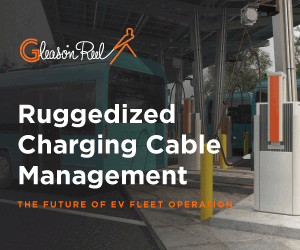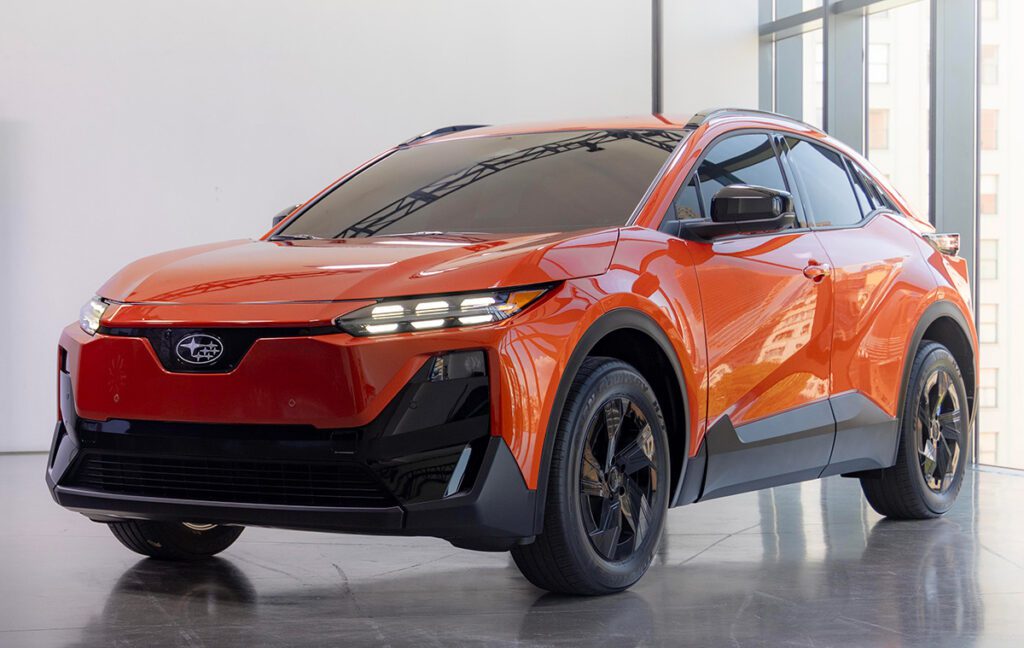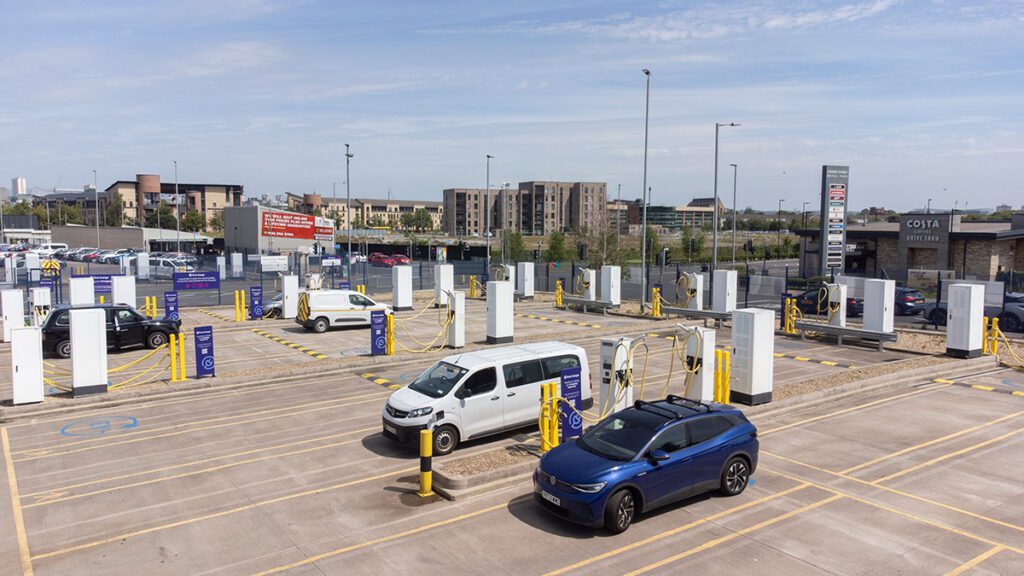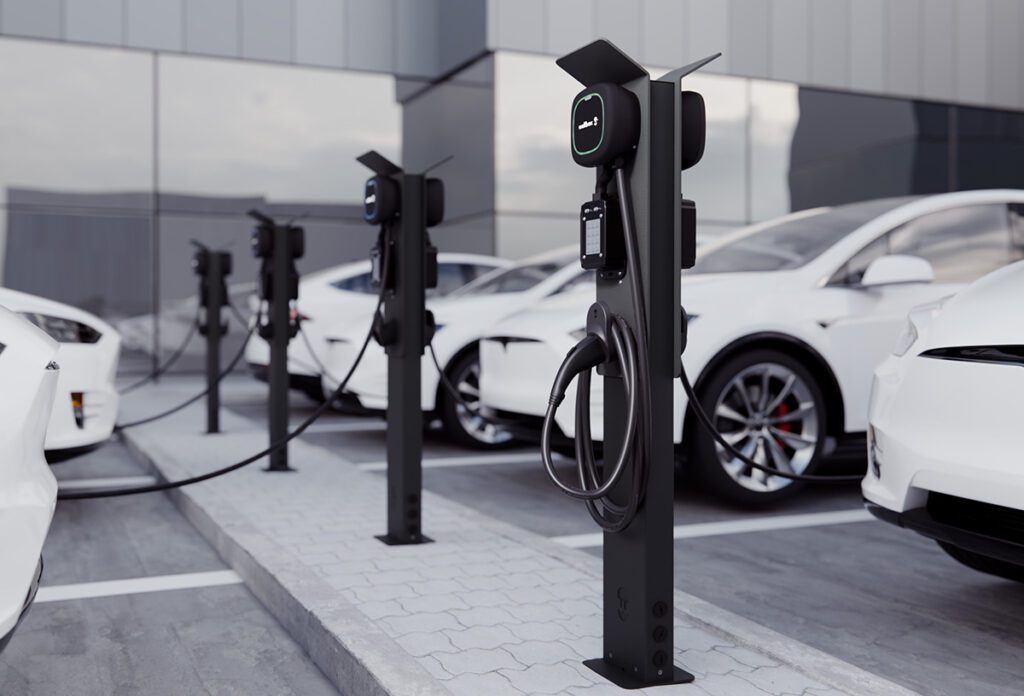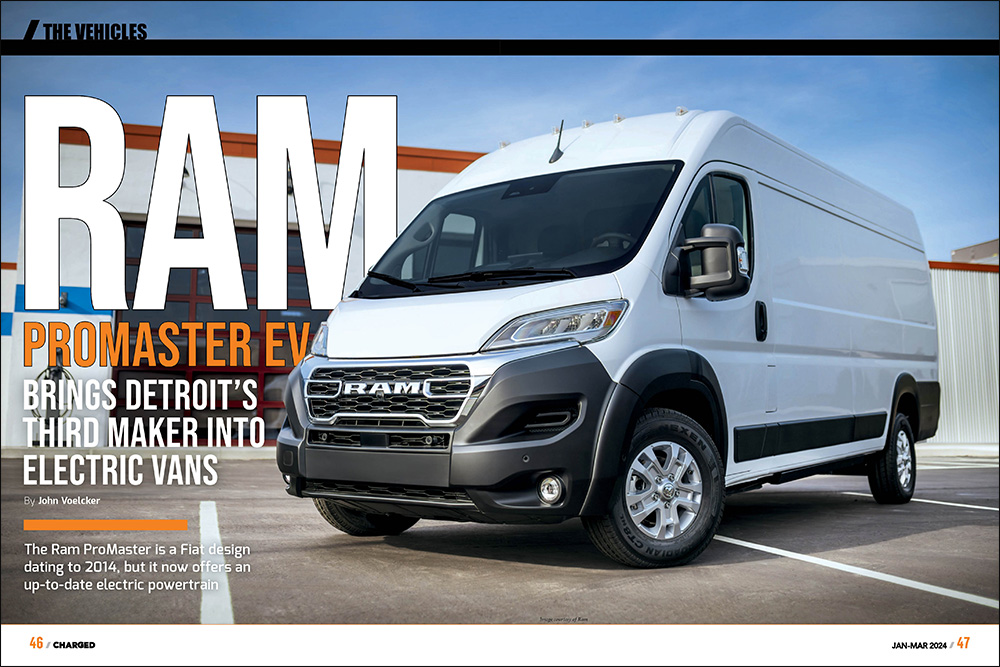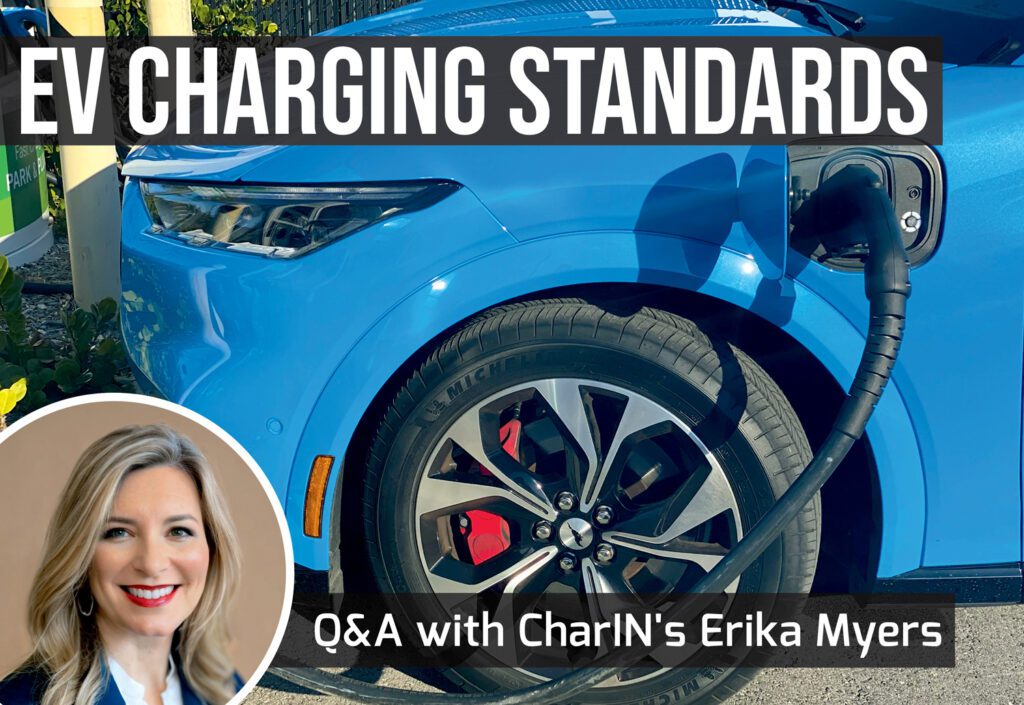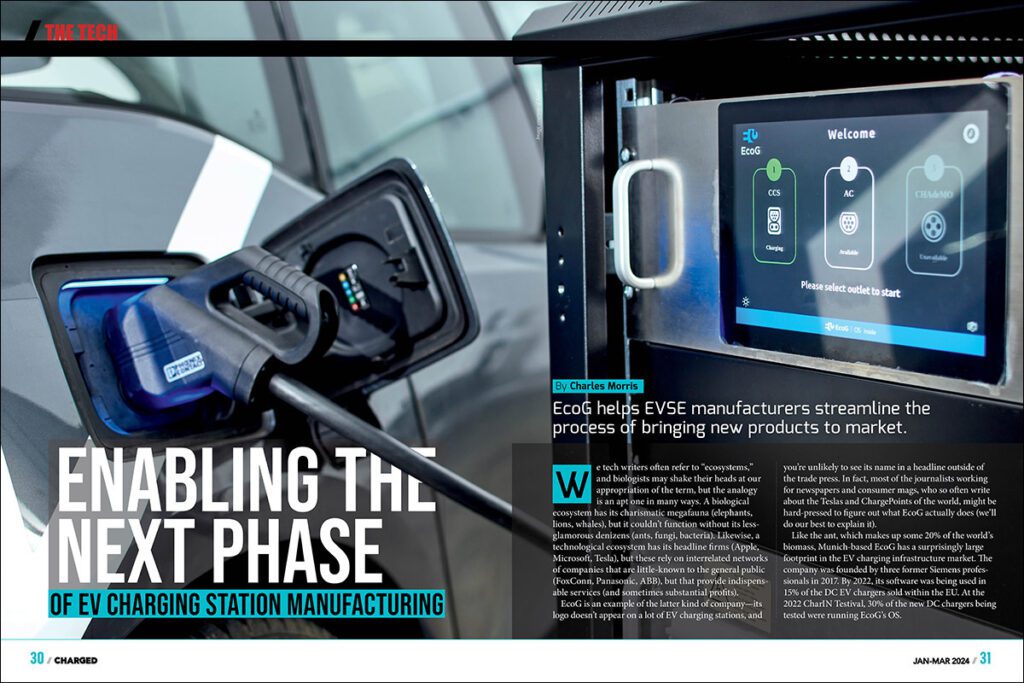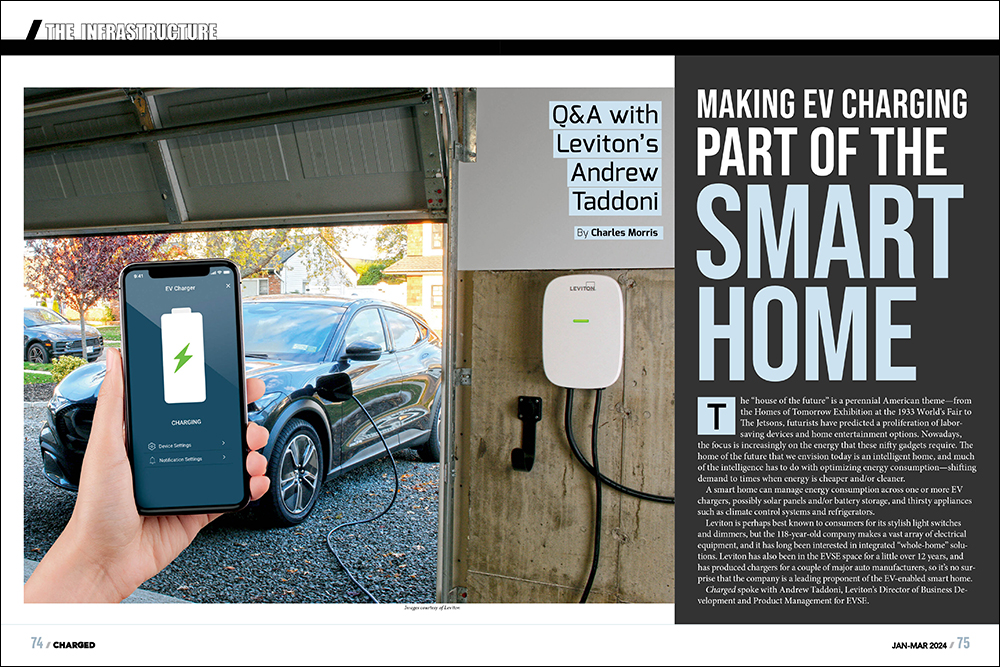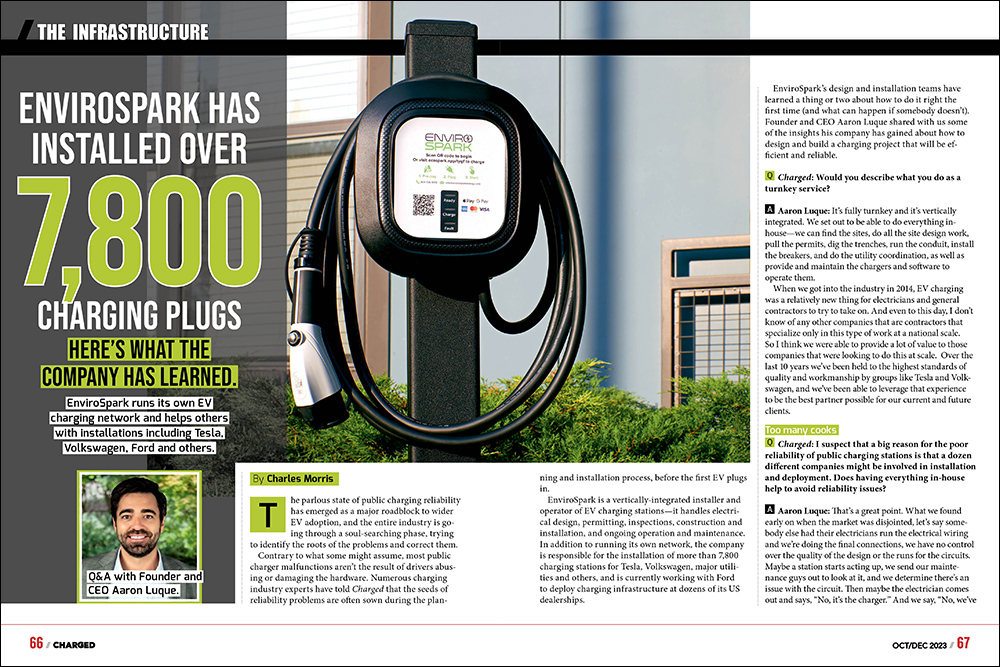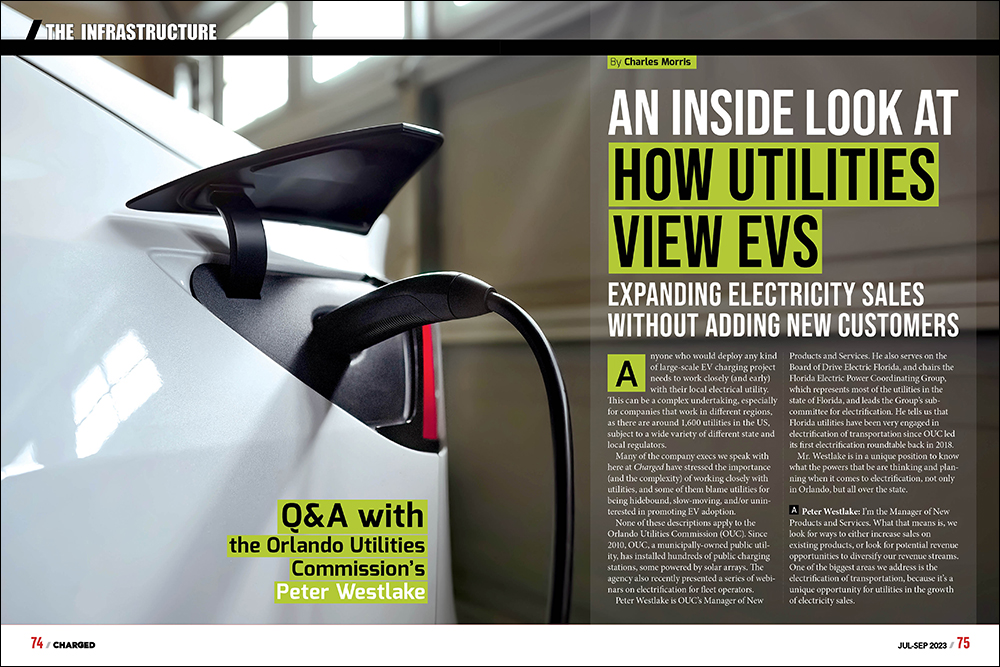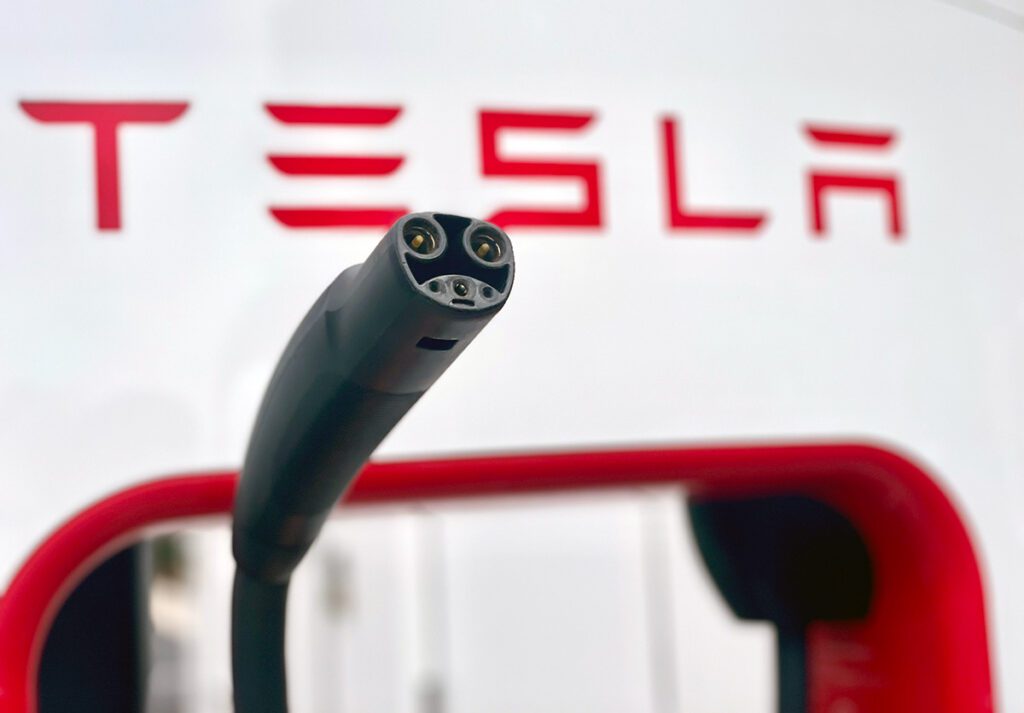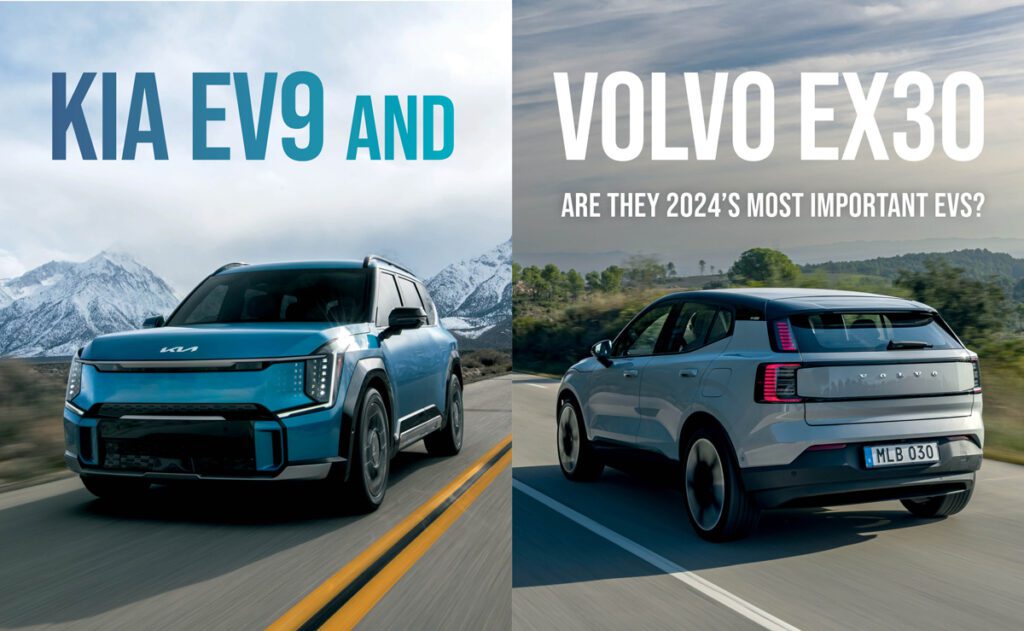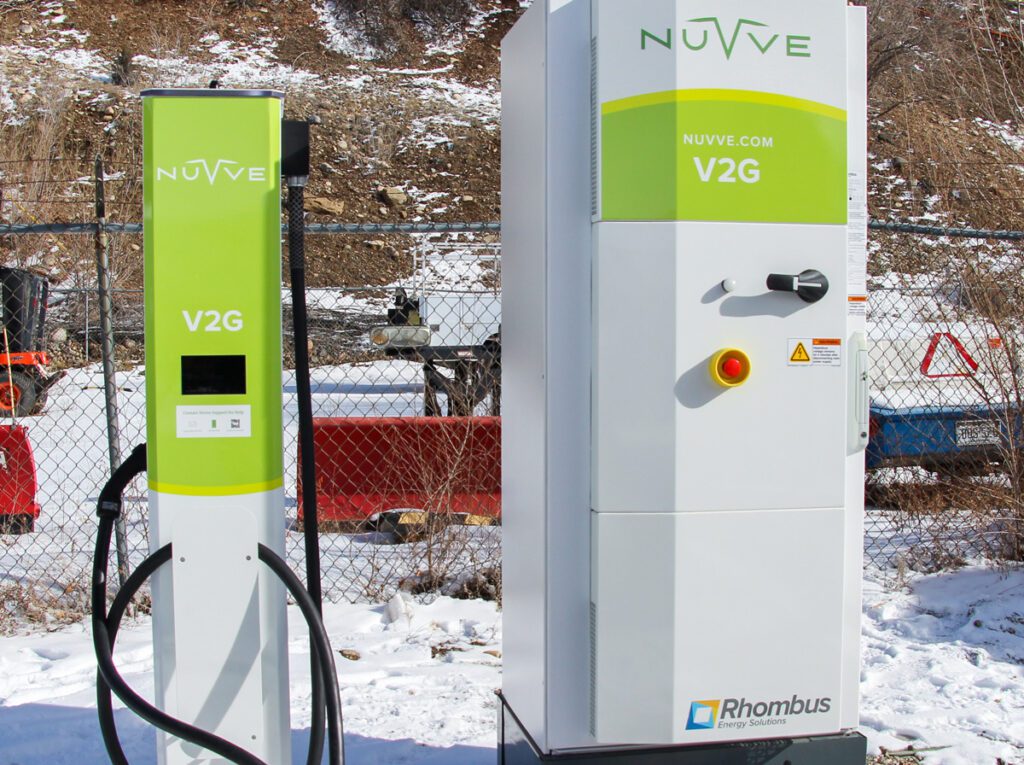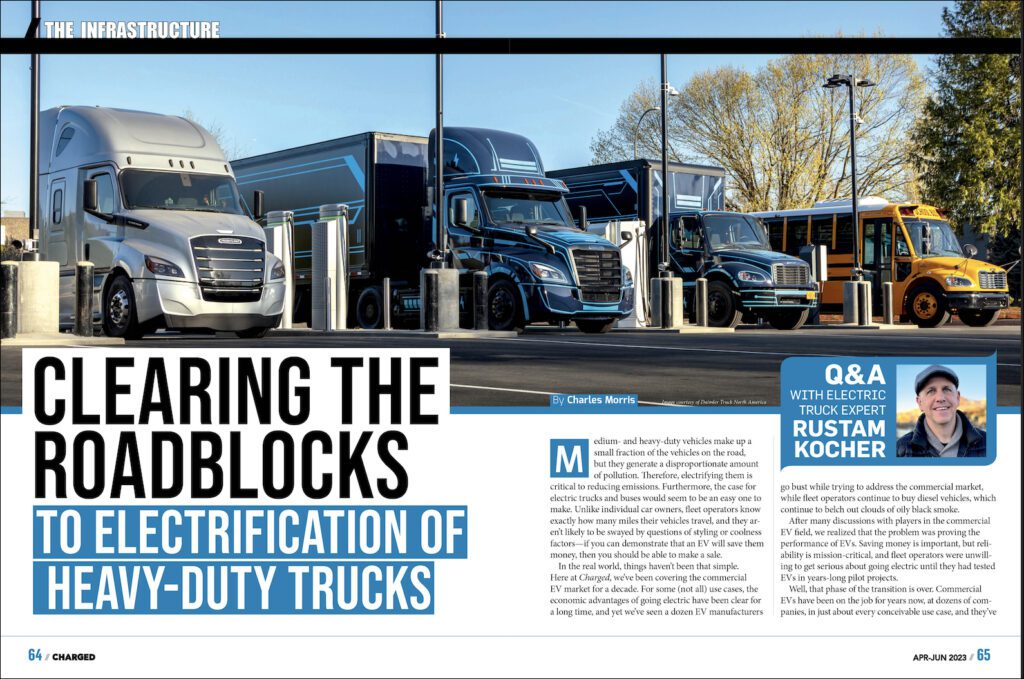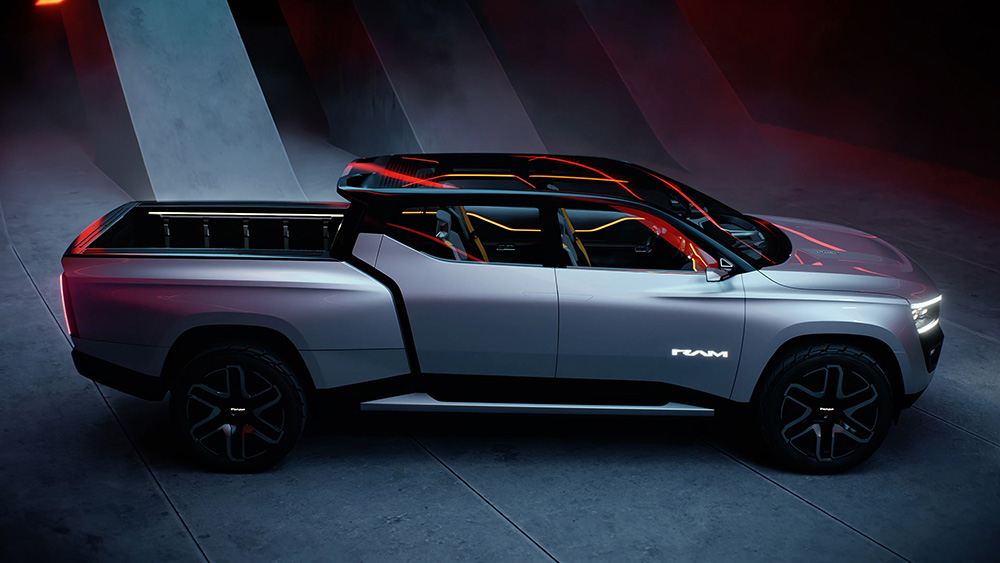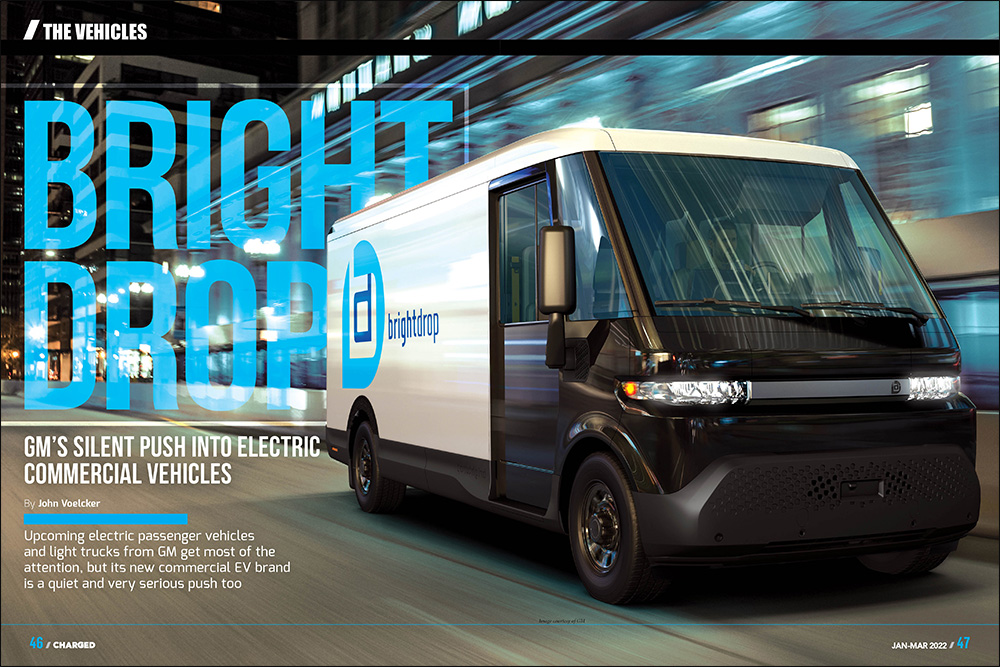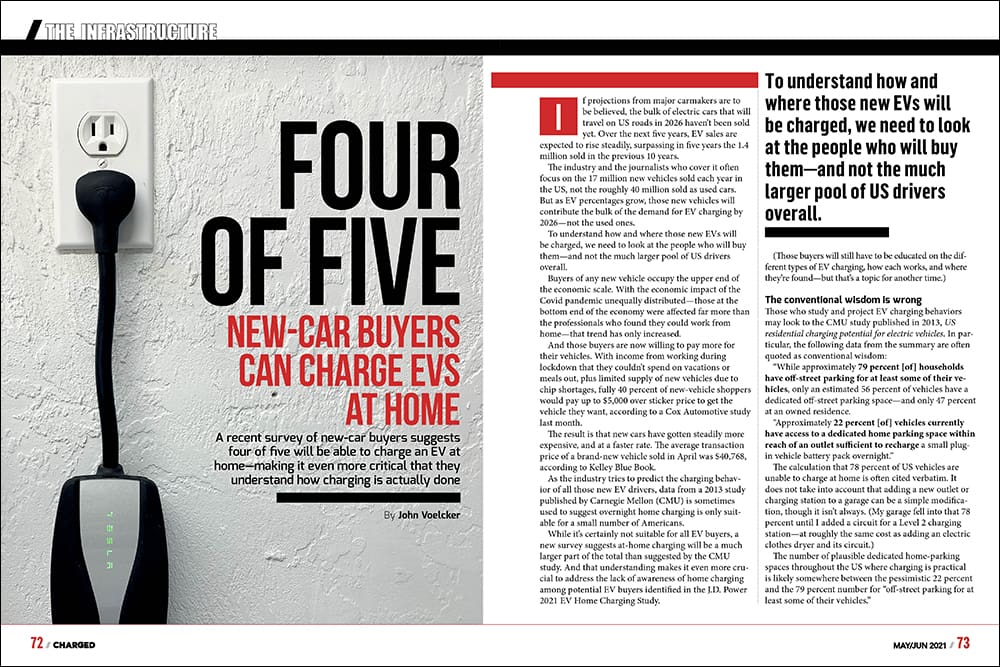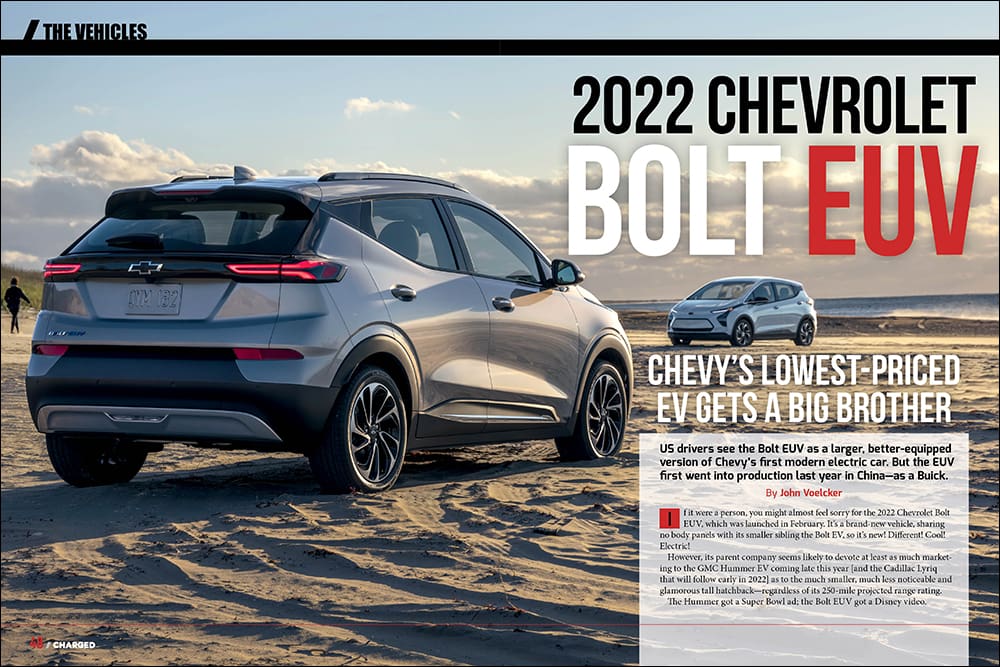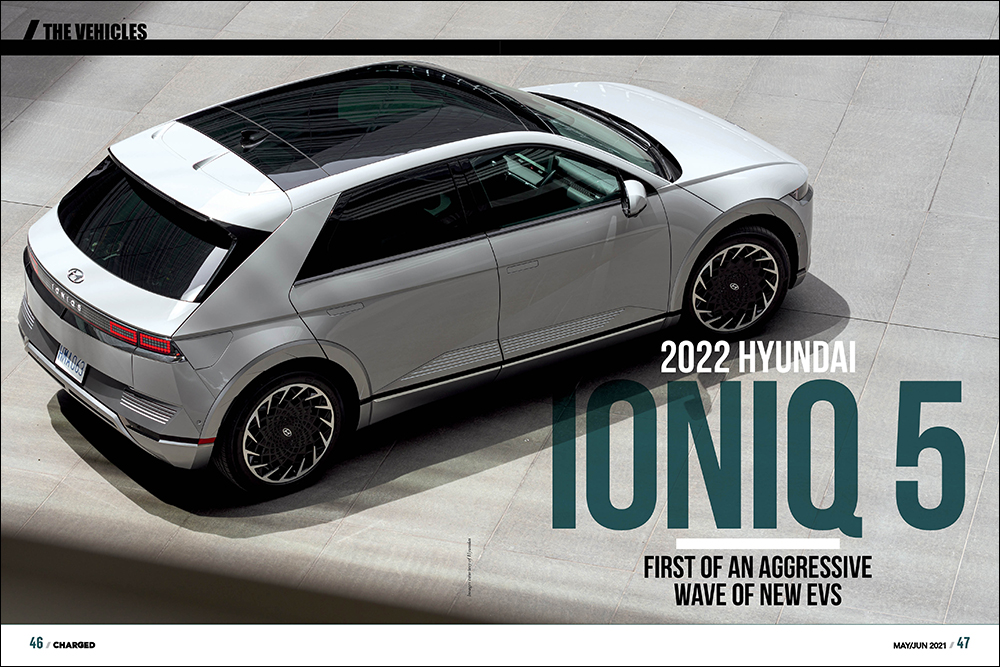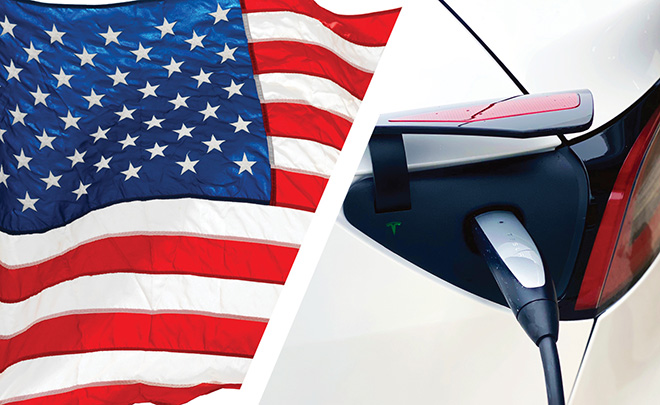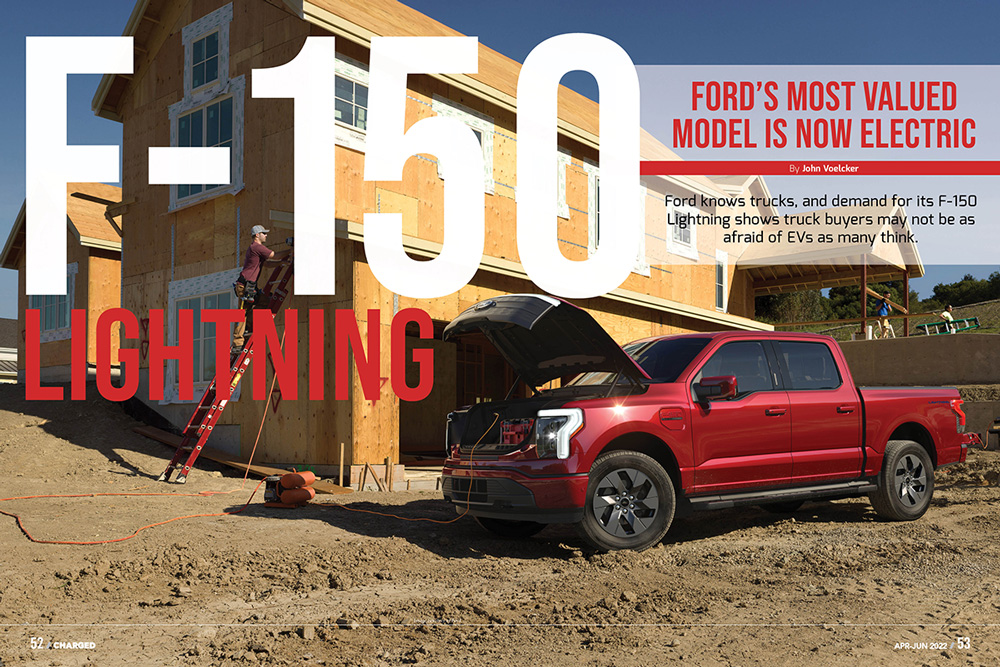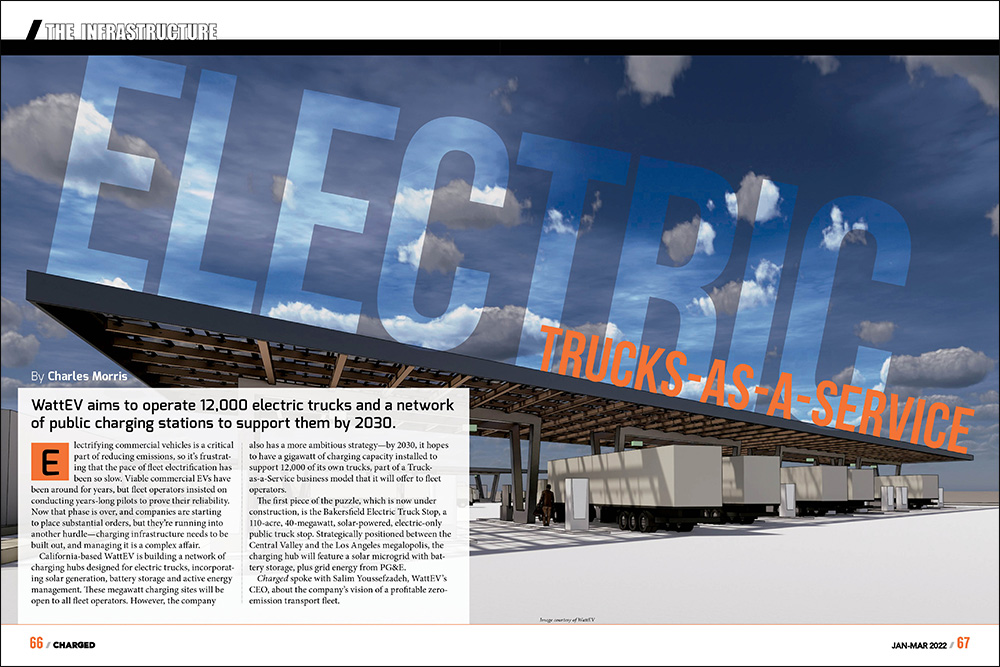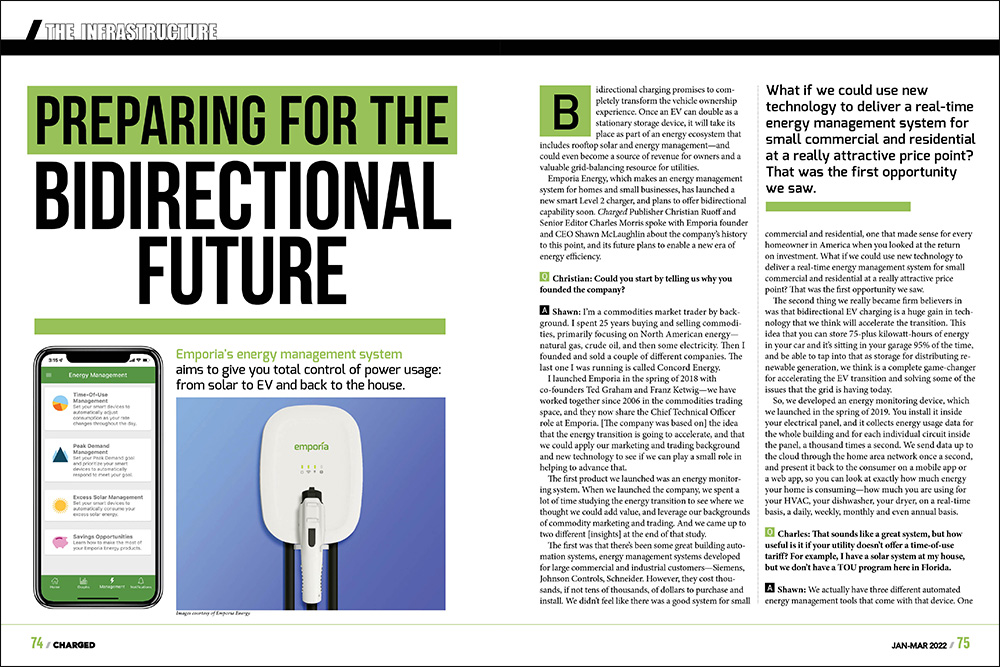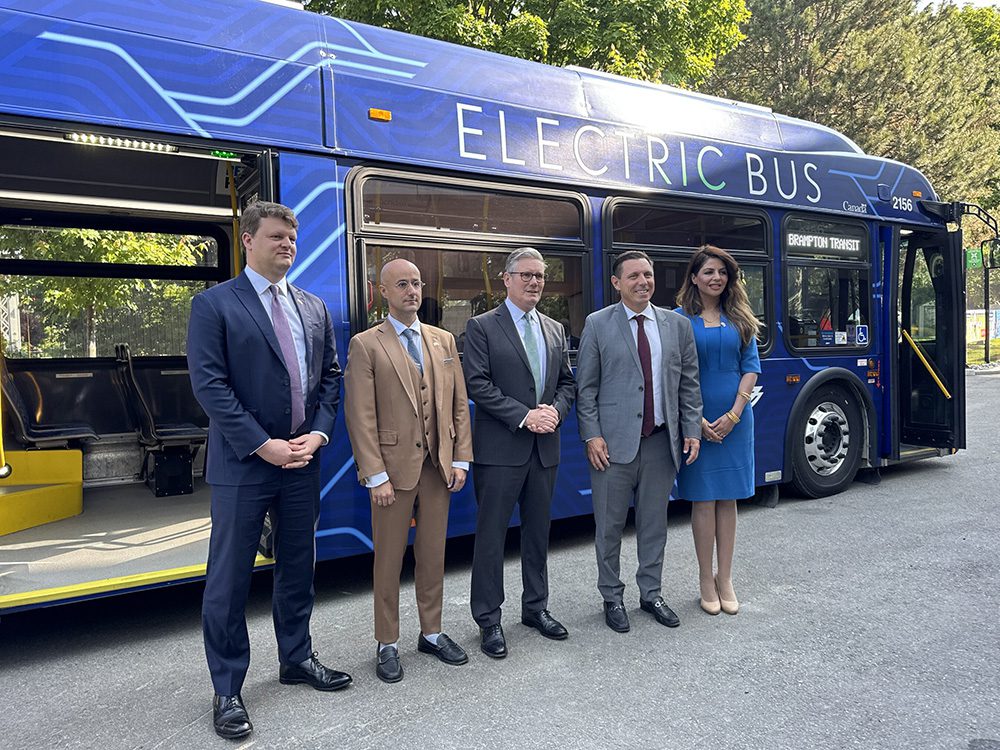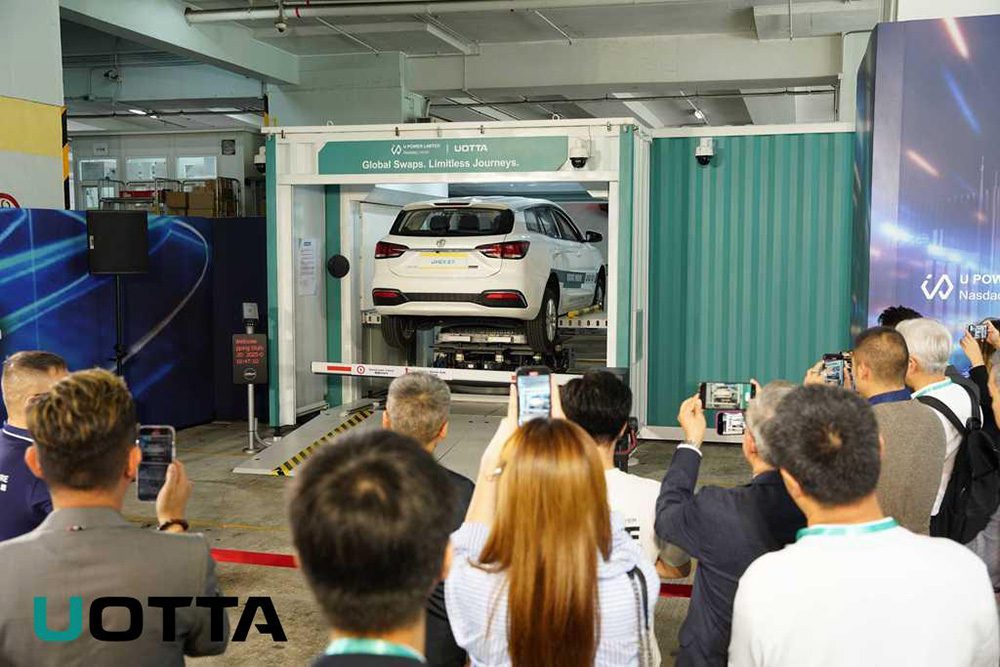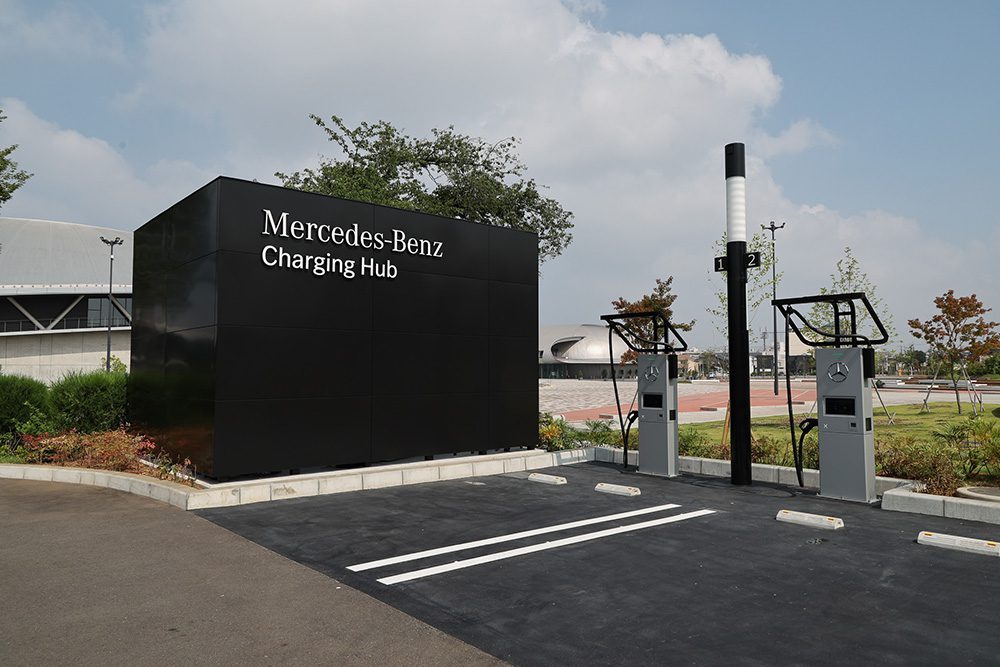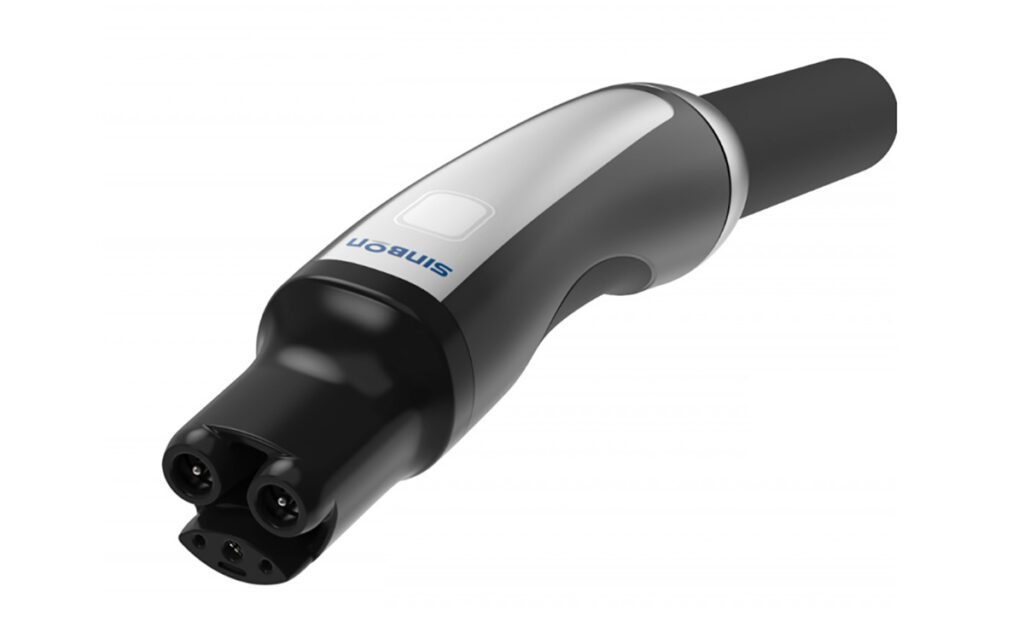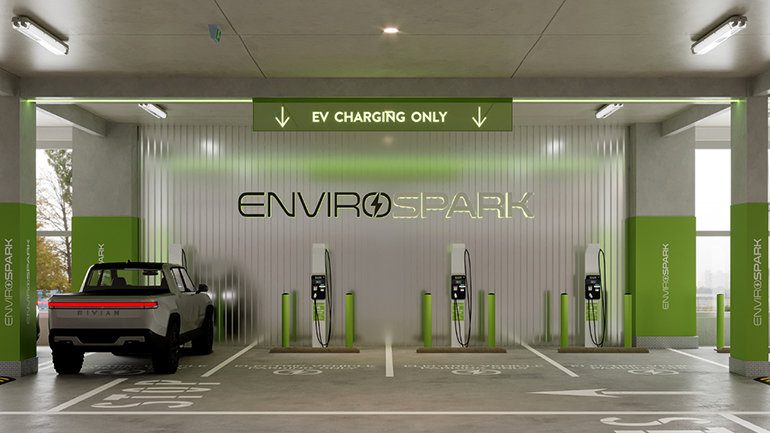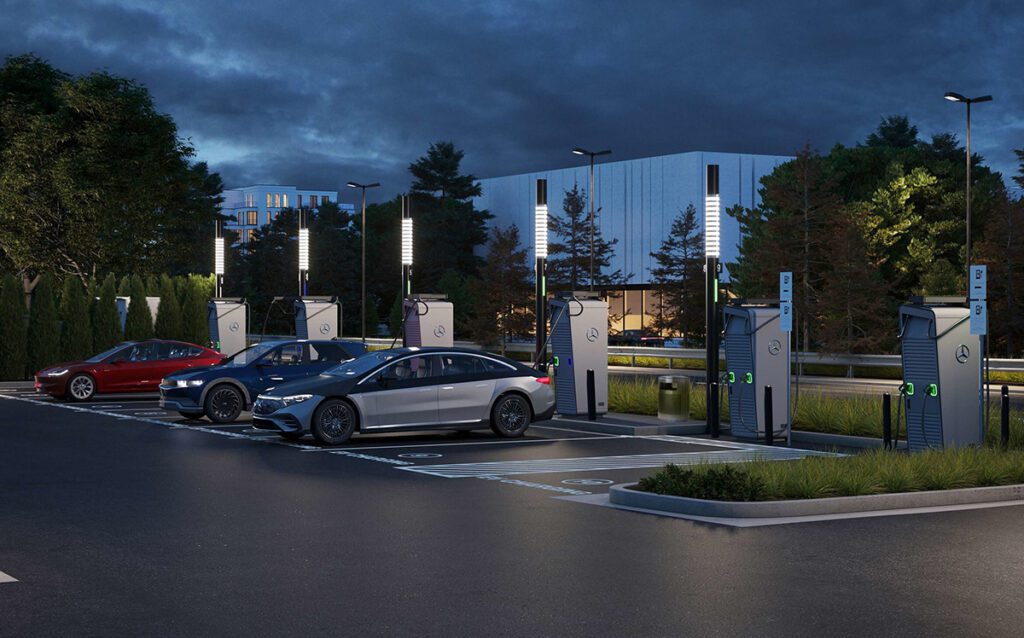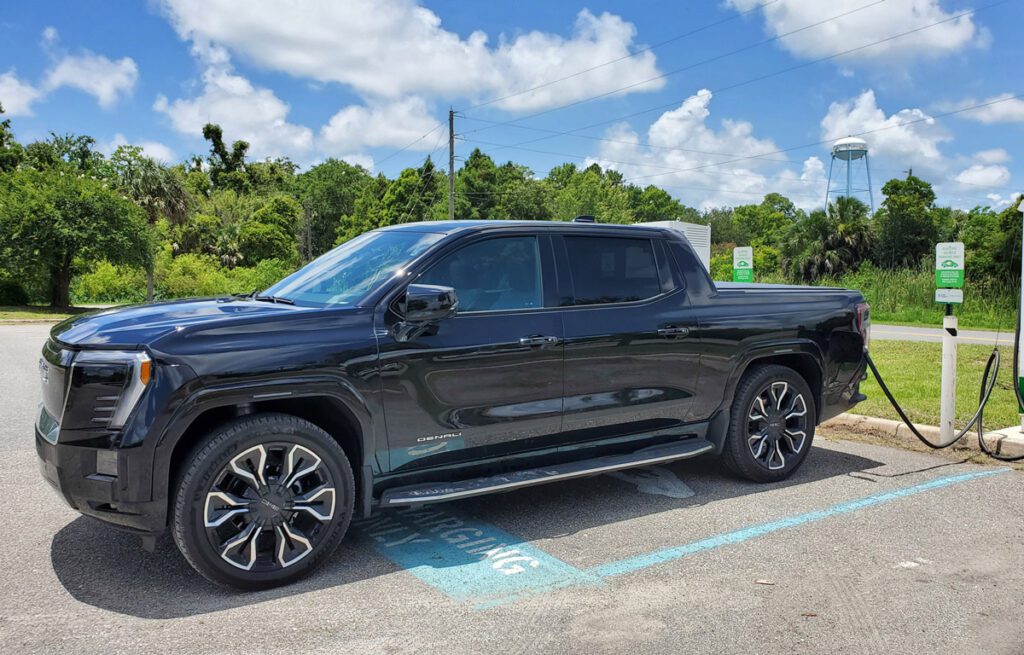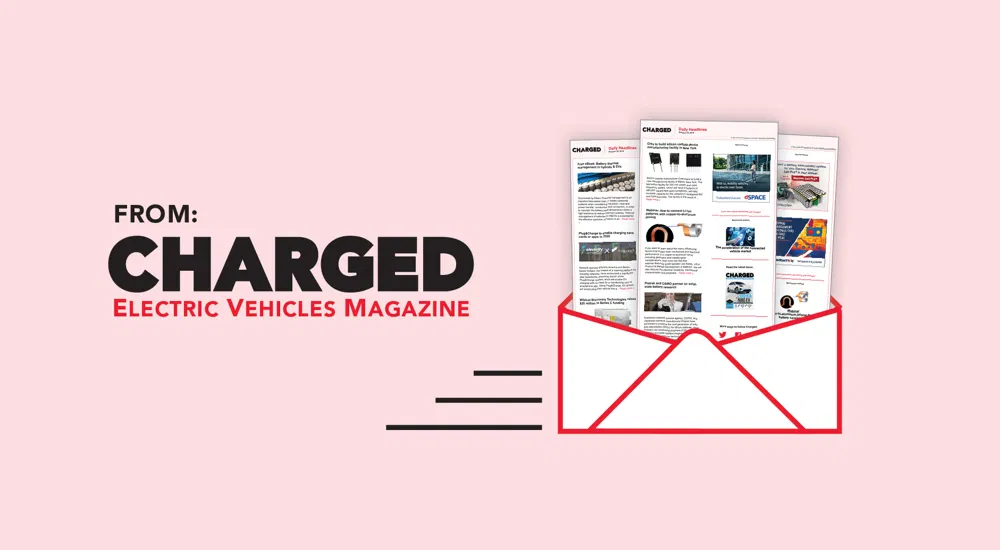EVs are for everybody, regardless of where they live, how much they earn, how they vote, or whether they like granola. What about disabled drivers, or those with special accessibility needs? The UK automotive mag AutoTrader has published a report on the pros and cons of electric driving for folks with disabilities, and some of the steps automakers and organizations are taking to improve EV accessibility.
Most drivers find EVs more pleasant to drive, and they offer special advantages to people with certain disabilities. The smoother ride can be particularly helpful to drivers who experience muscular dystrophy, joint pains or other conditions triggered by excess movement. Drivers who are sensitive to loud noises—for example tinnitus sufferers—will enjoy the quiet.
However, there are drawbacks too, and as AutoTrader notes, “While the needs of drivers with mobility restrictions are being taken into consideration more now than ever before, progress still needs to be made to ensure all cars are fully accessible.”
According to a report by The Scottish and Southern Electricity Networks (SSEN), public charging points are often hard to access for those with mobility restrictions. Handling the charging cable can present a real problem for some drivers, and many chargers can be hard to reach, as they lack the level access and space around the car that wheelchair users require.
According to SSEN, only 25% of disabled drivers surveyed feel comfortable driving an EV.
A number of organizations are working to address the issues. Allied Mobility and the Motability Scheme try to ensure the requirements of drivers with disabilities are taken into account during the planning and construction of vehicles. AccessAble is working to provide disabled drivers with pictorial guides on charging points and accessibility at car parks, using information provided by Zap-Map.
The UK’s Department for Transport is working with Motability to develop a set of standards for public charging points. Goals include ensuring that curb height, the space between bollards and the height of the charge points themselves are suitable for wheelchair users. To help drivers find usable charging sites, public chargers will be rated in one of three different categories: Fully accessible; Partially accessible; and Not accessible.
“There is a risk that disabled people are left behind as the UK’s transition to electric vehicles approaches and Motability wants to ensure that this does not happen,” said Motability CEO Barry Le Grys. “We welcome the interest from the government in our research on electric vehicle charging and accessibility and we are excited about our partnership with the Office for Zero Emissions Vehicles to further this work.”
Source: AutoTrader






